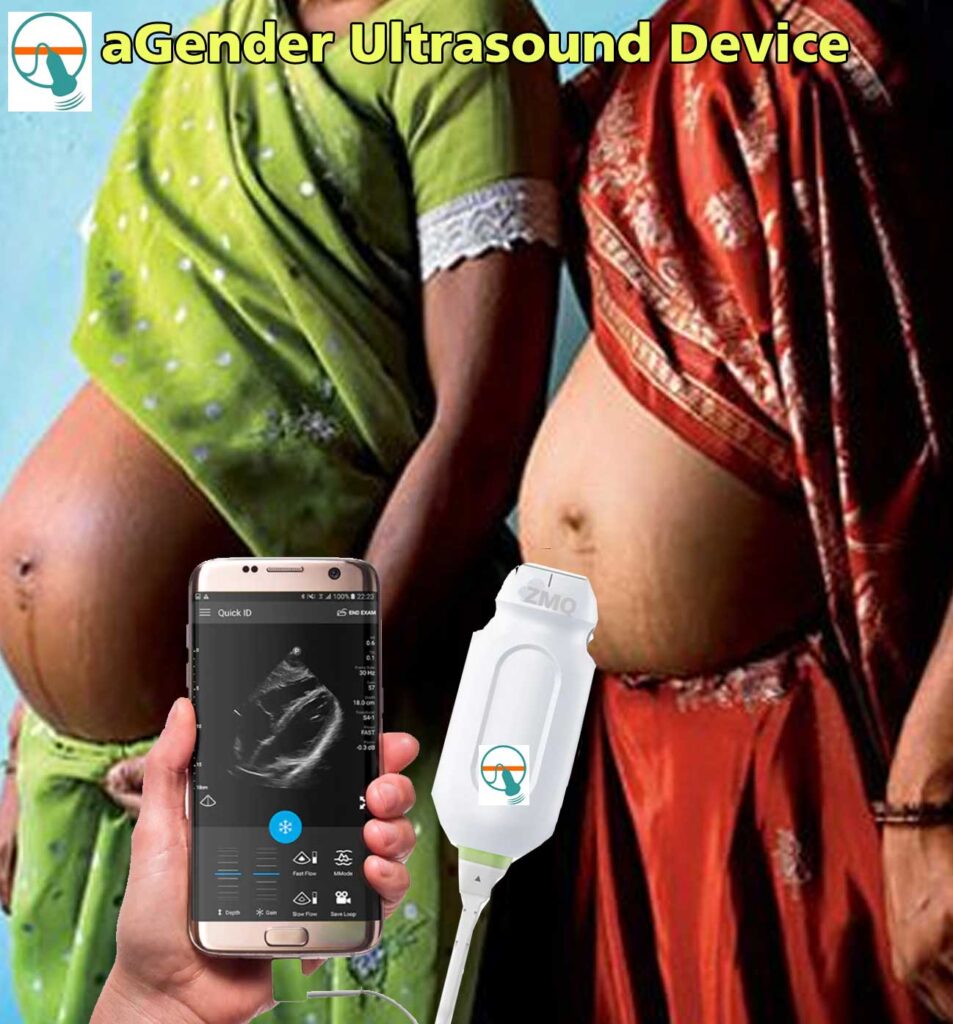BACKGROUND
Female feticide–the illegal selective abortion of female foetuses, killing over a million females in India annually before seeing the daylight of life. Although female infanticide has long been committed in India, feticide is a relatively new practice, emerging concurrently with the advent of technological advancements in prenatal sex determination on a large scale in the 1990s. Prenatal sex detection technologies have been misused, allowing the selective abortions of female offspring to proliferate. Legally, however, female feticide is a penal offence.. While abortion is legal in India, it is a crime to abort a pregnancy solely because the foetus is female.
Female feticide is driven by many factors, daughters are perceived as a social and economic burden is some of the cultures in South Asia, China and some part of West Asia. India is the female. Half of the world’s missing female births occur in India, due to sex-selective abortion. The Indian government has passed Pre-Conception and Pre-Natal Diagnostic Techniques Act (PCPNDT) in 1994 to ban and punish prenatal sex screening and female foeticide. It is currently illegal in India to determine or disclose sex of the foetus to anyone.

Solution
Ultrasound devices are the stethoscope of the future. It is one of the most effective and harmless technologies of all other form of non-invasive medical imaging technologies like X-ray Radiography, Magnetic Resonance Imaging (MRI), Computer Tomography and Nuclear Medicine Functional Imaging techniques as positron emission tomography (PET) and Single-photon emission computed tomography. Unfortunately, the Ultrasound technology has not reached the masses due to two reasons – its excessive probe/transducer cost (approximately, US$ 3000 -5000) and; secondly, due to social issue of female feticide in countries like India, China, Pakistan, Nepal, Southern Europe, Middle East.
aGender Ultrasound System will be a low-cost Portable Ultrasound System which can work in low-resource settings and can be used by trained health workers like ANMs, ASHAs and other health practitioners. The device will be designed to address the two major challenges presented:
> Designing and Development of a Low-cost Transducer (Ultrasound Scanner) to bring down the cost of the Ultrasound probe by 400-600% (from US$ 3000 to US$ 400);
> aGender Black-Box – will be built in to report any congenital anomalies detected in Gender markers of the Scans. aGender Black-box will store gender related abnormalities for further investigation (through encrypted cloud sharing). At run-time, it will only give alerts & recommendation messages for further investigation, without disclosing fetal gender.

> Developing Fetal Gender Exclusion Algorithm based Computer Vision Algorithm (Software) for Run-time suppression (exclusion) of any Gender Markers in the Sonographs using Features from Accelerated Segment Test (FAST) for corner detection algorithm integrated with feature detection algorithms & feature mapping techniques;
STAGE
At present, we have two sets of team deployed on the phase I stage of the solution design, namely the Design team for developing a low-cost transducer probe for Obstetrics Ultrasound. They are working on variety of design to bring down cost. In the first test of the rotational 41×4 Array design we have been able to produce images and working on developing angular outputs for each angular rotation to have the same output as 32×32 array. This team comprises of designers, IoT expertise and applied Physics experts.
The second component, the aGender Suppression Algorithm, team comprises of MAthLab and Computer Vision experts. They have had had breakthrough in detecting close to primitive forms / objects through corner detection algorithm (FAST – Features from Accelerated Segment Test). We are acquiring Sonography images from a diagnostic centre to test run the images on the algorithm developed. We have to do multiple iterations for achieving High Performing software.
SDGs IMPACTED



Two Short Films on Female Feticide

